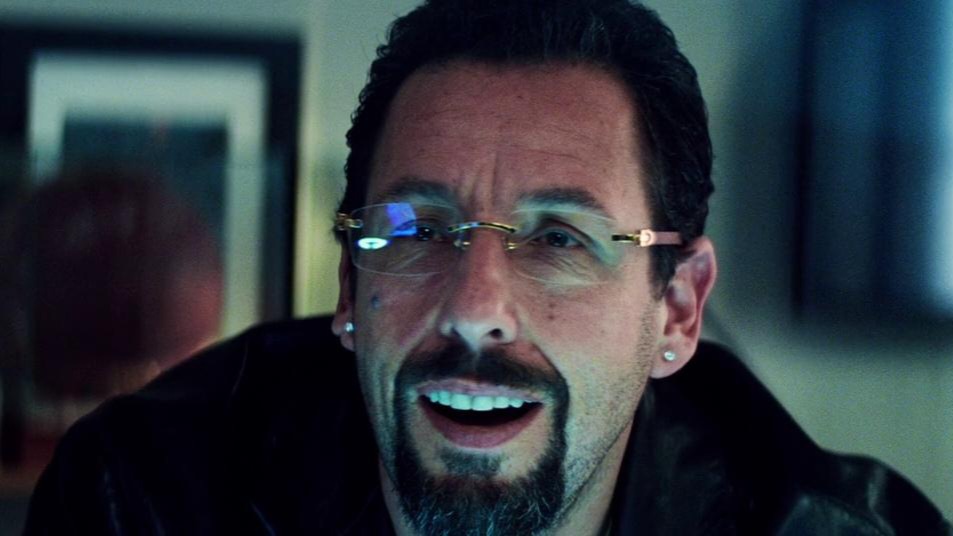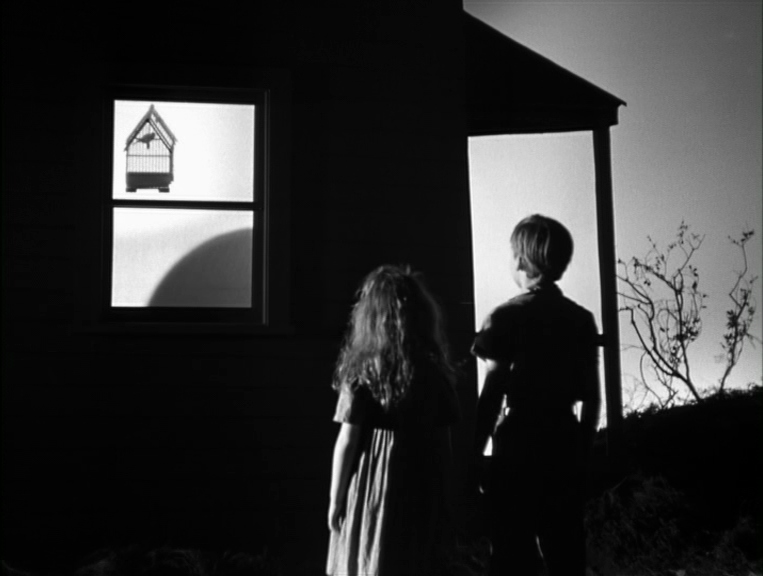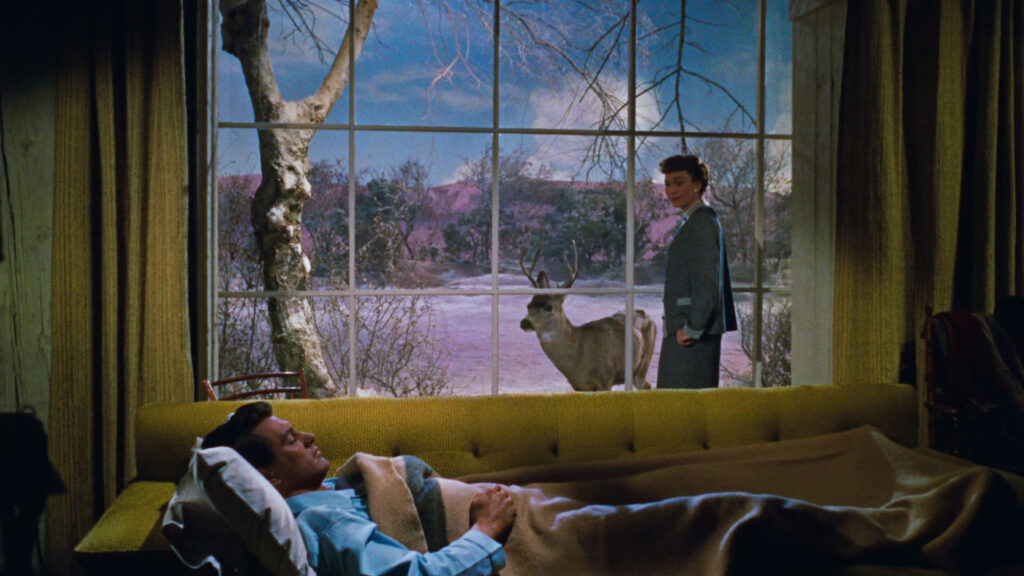The Safdie brothers, Josh and Benny, aren’t known for subtlety. Their films are visceral, chaotic, and often deeply unsettling. But with “Uncut Gems”, they achieved a level of sustained, almost unbearable tension that elevates it beyond a mere thriller. It’s a masterclass in crafting a stressful cinematic experience, leaving audiences breathless and on the edge of their seats for its entire runtime. This wasn’t accidental; it was meticulously planned and executed through a potent blend of filmmaking techniques.
One of the most crucial elements is the film’s frenetic pacing. The camera rarely rests, mirroring the frantic energy of Howard Ratner (Adam Sandler’s career-defining performance), the film’s protagonist and a perpetually stressed-out jeweler. The handheld camerawork, often shaky and claustrophobic, pulls the viewer directly into Howard’s chaotic world. We’re not just observing his anxieties; we’re feeling them, experiencing the suffocating pressure alongside him.
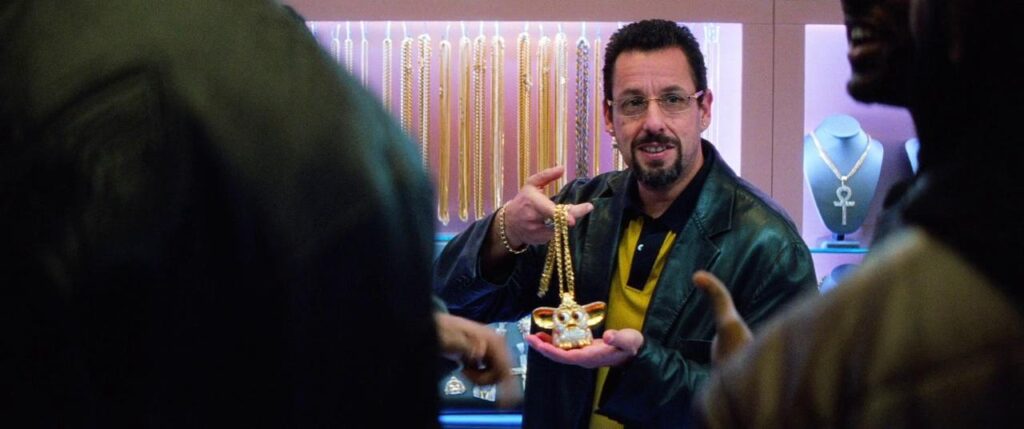
Music and Editing
The soundtrack contributes significantly to this feeling of unease. The jarring blend of hip-hop, diegetic sound, and an unsettling score creates a constant sense of impending doom. The music isn’t just background noise; it’s a character in itself, amplifying the tension and reflecting Howard’s internal turmoil. Silence is rarely used, and when it is, it’s often pregnant with anticipation, highlighting the precariousness of Howard’s situation.
The editing further enhances the film’s stressful atmosphere. Rapid cuts, jump cuts, and overlapping dialogue create a sense of disorientation and urgency. The viewer is constantly bombarded with information, mirroring Howard’s own overwhelmed state. This relentless editing keeps the audience perpetually off-balance, mirroring the unpredictable nature of Howard’s life and high-stakes gambling.
Narrative and Performances
Beyond the technical aspects, the narrative itself is designed to induce anxiety. Howard’s constant gambling and increasingly desperate attempts to cover his debts create a ticking clock scenario that hangs over the entire film. The stakes are constantly raised, with each near-miss only amplifying the feeling of impending disaster. The audience becomes invested in Howard’s fate, despite his questionable morality, making his inevitable downfall all the more stressful to watch.
Finally, Sandler’s performance is crucial. He completely abandons his comedic persona, delivering a raw, intense portrayal of a man consumed by his own hubris and desperation. His performance is so compelling and believable that it anchors the film’s chaotic energy, making the audience empathize with Howard, even as they recoil from his self-destructive behavior.
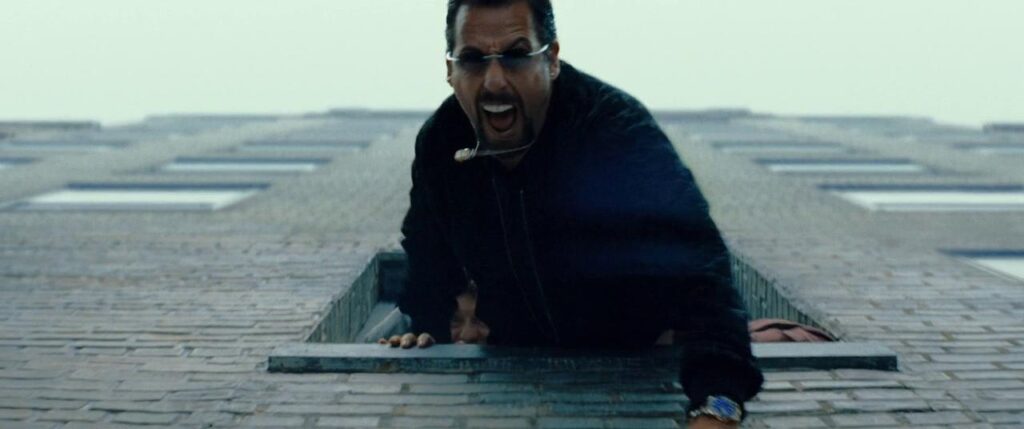
Conclusion
“Uncut Gems” isn’t just a film; it’s an experience. The Safdie brothers masterfully utilize every cinematic tool at their disposal to create a relentless, anxiety-inducing journey that lingers long after the credits roll. It’s a testament to their skill and vision, proving that stress, when carefully crafted, can be a powerful and effective cinematic device.

